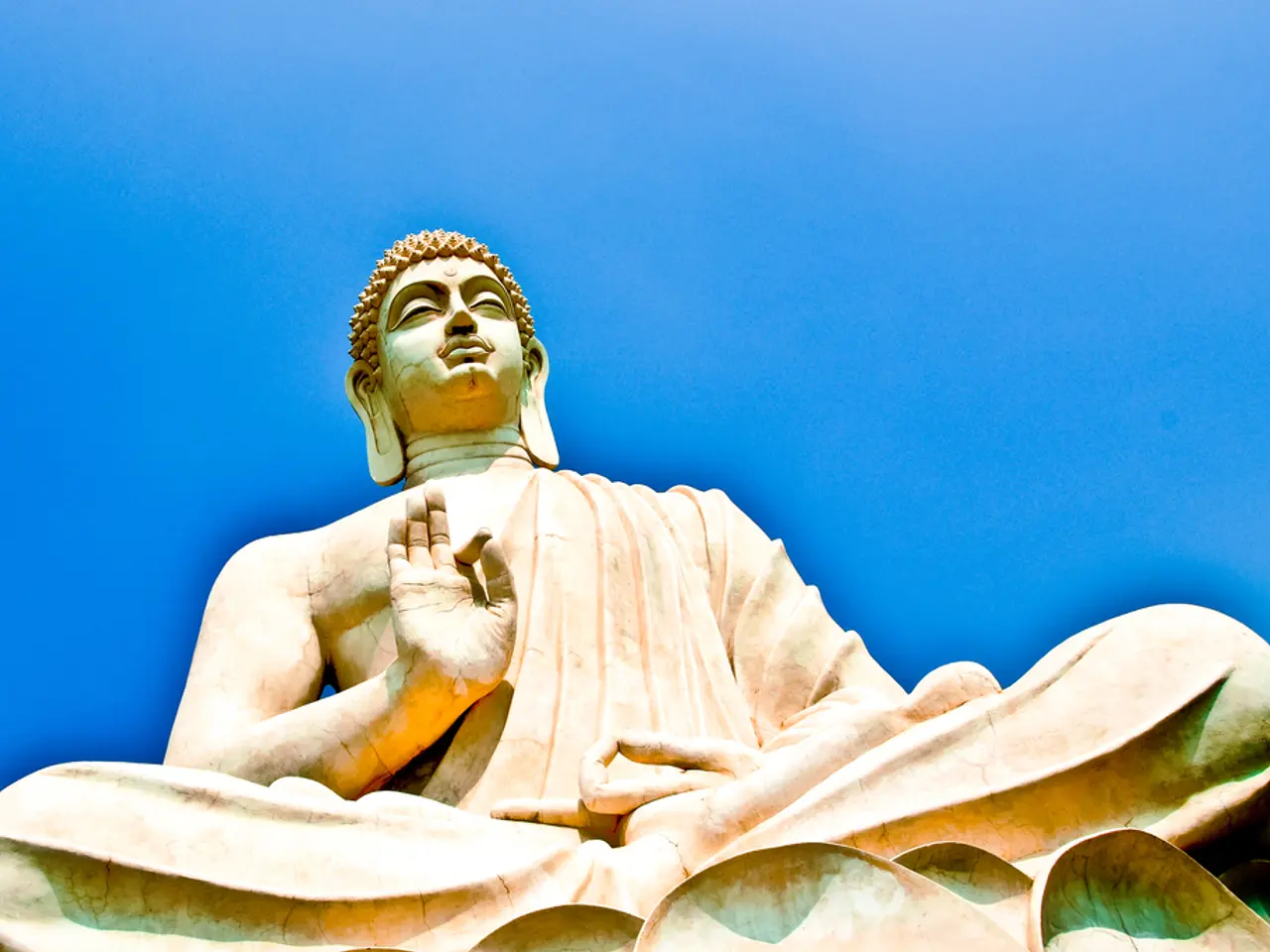Deep Brain Stimulation May Provide Relief for Motor Problems arising from a Stroke
Deep brain stimulation (DBS) has shown promising results in a recent clinical trial for stroke patients, with improvements in upper limb movement observed in affected individuals. The trial, led by Dr. Andre G. Machado, was the first of its kind and was co-funded by Enspire DBS Therapy, a Cleveland Clinic Innovations company.
The trial involved 12 individuals with moderate-to-severe upper-extremity impairment due to stroke, who received DBS connected to the cerebellum. The devices used in the trial have been developed and approved for treating some neurological conditions.
DBS is a surgical procedure that involves implanting a device under a patient's skin to send electrical impulses into specific brain parts. The trial combined DBS with physiotherapy and found that the most significant change in upper limb movement was observed during the period of DBS and physiotherapy.
However, it cannot be determined at this stage if the improvements observed were due to DBS or physiotherapy alone. Further research is needed to clarify mechanisms, ideal stimulation parameters, and how DBS integrates with broader stroke rehabilitation strategies to realize its clinical potential.
In a previous study, Dr. Machado's team found that DBS, particularly occasional bursts of stimulation, improved the number of nerve cells that had grown in rodent models of stroke. This suggests that DBS may help the brain to 'rewire' itself around the damage caused by stroke, enabling stroke survivors to relearn skills like motor function.
Dr. Machado is the Chief Scientific Officer of Enspire DBS Therapy and holds stock options and equity ownership rights. No serious adverse events were reported during the trial, suggesting that the process is safe for patients.
It is important to note that DBS requires brain surgery and is unlikely to be suitable for most stroke survivors. Dr. Jonas, not involved in the research, notes that there have been studies on DBS as a treatment for the effects of stroke, but it remains an investigational approach.
The future implications for DBS in stroke rehabilitation include potential optimization of stimulation protocols to promote motor recovery by enhancing cortical excitability around the lesion. However, the clinical translation remains limited by variability in response and the technical challenge of parameter tuning.
Non-invasive brain stimulation techniques, such as rTMS and tDCS, currently show stronger evidence for moderate-to-high effect sizes in improving motor outcomes after stroke. As such, DBS represents a promising but still investigational approach, complementing other neuromodulation therapies under active study.
References:
- Deep brain stimulation of the dentate nucleus for stroke: a comprehensive review and future directions
- Non-invasive brain stimulation for stroke rehabilitation: a systematic review
- Deep brain stimulation for stroke: a review
- Despite initial promising results in a recent clinical trial for stroke patients, further research is required to ascertain if improvements observed in upper limb movement are attributed to deep brain stimulation (DBS) or physiotherapy alone.
- The study led by Dr. Andre G. Machado, who is also the Chief Scientific Officer of Enspire DBS Therapy, reveals that DBS might help stroke survivors to 'rewire' their brains, enabling them to relearn skills like motor function, based on previous rodent model experiments.
- As DBS is a surgical procedure and requires brain surgery, it may not be suitable for most stroke survivors. Non-invasive brain stimulation techniques, such as rTMS and tDCS, currently show stronger evidence for improving motor outcomes after stroke, positioning DBS as a promising but still investigational approach complementing other neuromodulation therapies in the field of health-and-wellness and treatment of neurological disorders, including stroke and other neurological conditions.




